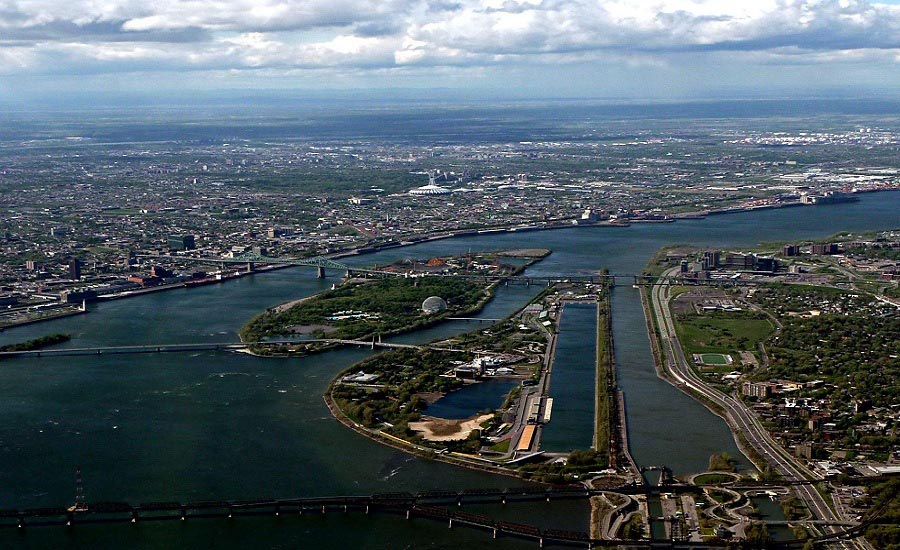The Canadian waterways are a huge system which is full of vessels going back and forth at all hours of the day. In this kind of a scenario where the traffic is so high, you need a corporation which manages all these efficiently.
The SLSMC is responsible for the safe and smooth movement of all cargo vessels over the Canadian waters. It also operates on a completely non-profit basis. The SLSMC shares its responsibility with the Saint Lawrence Seaway Development Corporation which is the Seaway management system of the United States of America.
Canada and USA also have a very close relationship when it comes to the imports and exports connecting them. Both corporations go hand in hand in affairs of the ports and the seaway. These include responsiveness to the alerts and needs of the vessels and workers, seeing to the necessities of agencies and service providers around the ports and fulfilling the requirements that the provincial and state jurisdiction defines.
The Seaway Dream
The SLSMC strives to be efficient and up-to-date with all their duties and responsibilities. Their goal is to give safe, quick, efficient, and environment-friendly transport of vessel through the waterway. They also work diligently towards developing and growing the Canadian economy in a sustainable way.
They also have a goal of keeping the trade alive with minimal impact on the marine life and ecosystem of the oceans. Our world is connected in the most intricate way and they have realized in time that the need for preserving the environment is very high.
Connecting The World
They connect North America with the world in a risk-free way. According to the reports on the website of the Seaway system, these waterways oversee a total annual commerce of 200 million tonnes.
For every ton of this huge quantity almost a hundred different people coming together and working hard day and night. The collective effort of these people is the reason behind the smooth functioning of the docks. There is a huge number of people working both shore side and on the waters.
These include dock workers, ship chandlers, and vessel agents and on the sea, we have coast guards, port officials and terminal operators.
The vessels that come through these ports can be largely divided into three groups, the bulk carriers called “Lakers”, the salties or ocean ships, and tug-propelled barges. These waters connect all parts of the world through trade.
